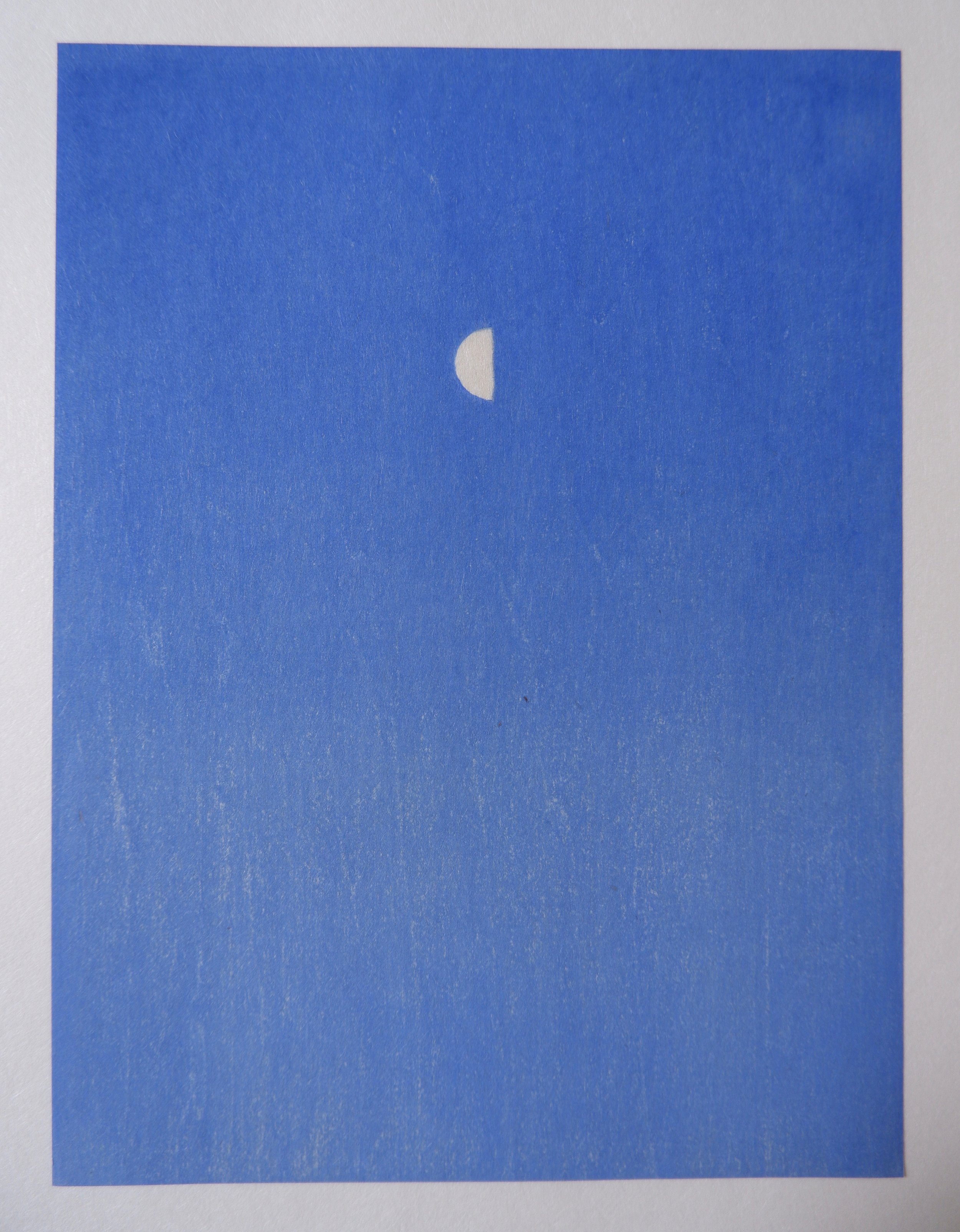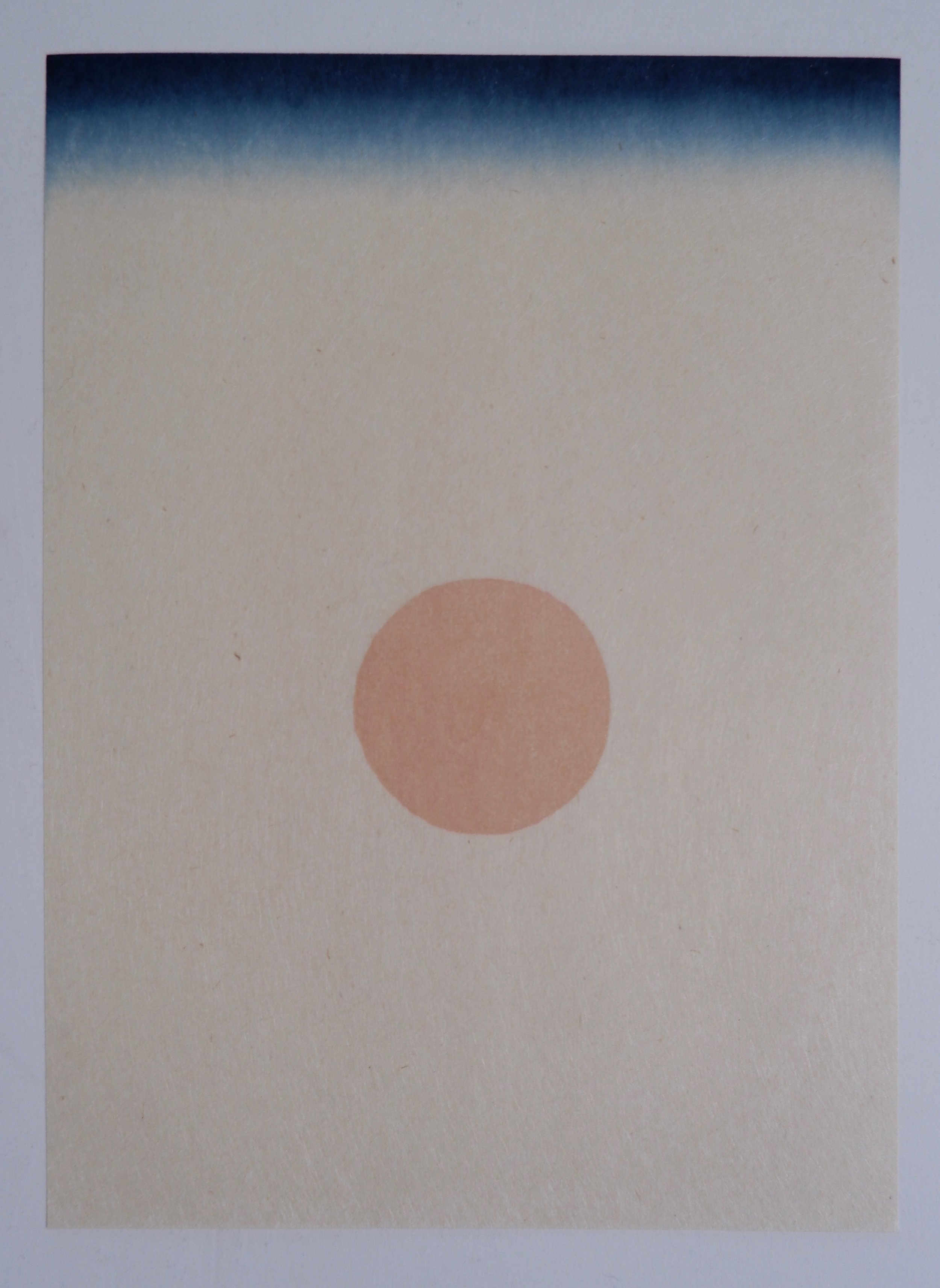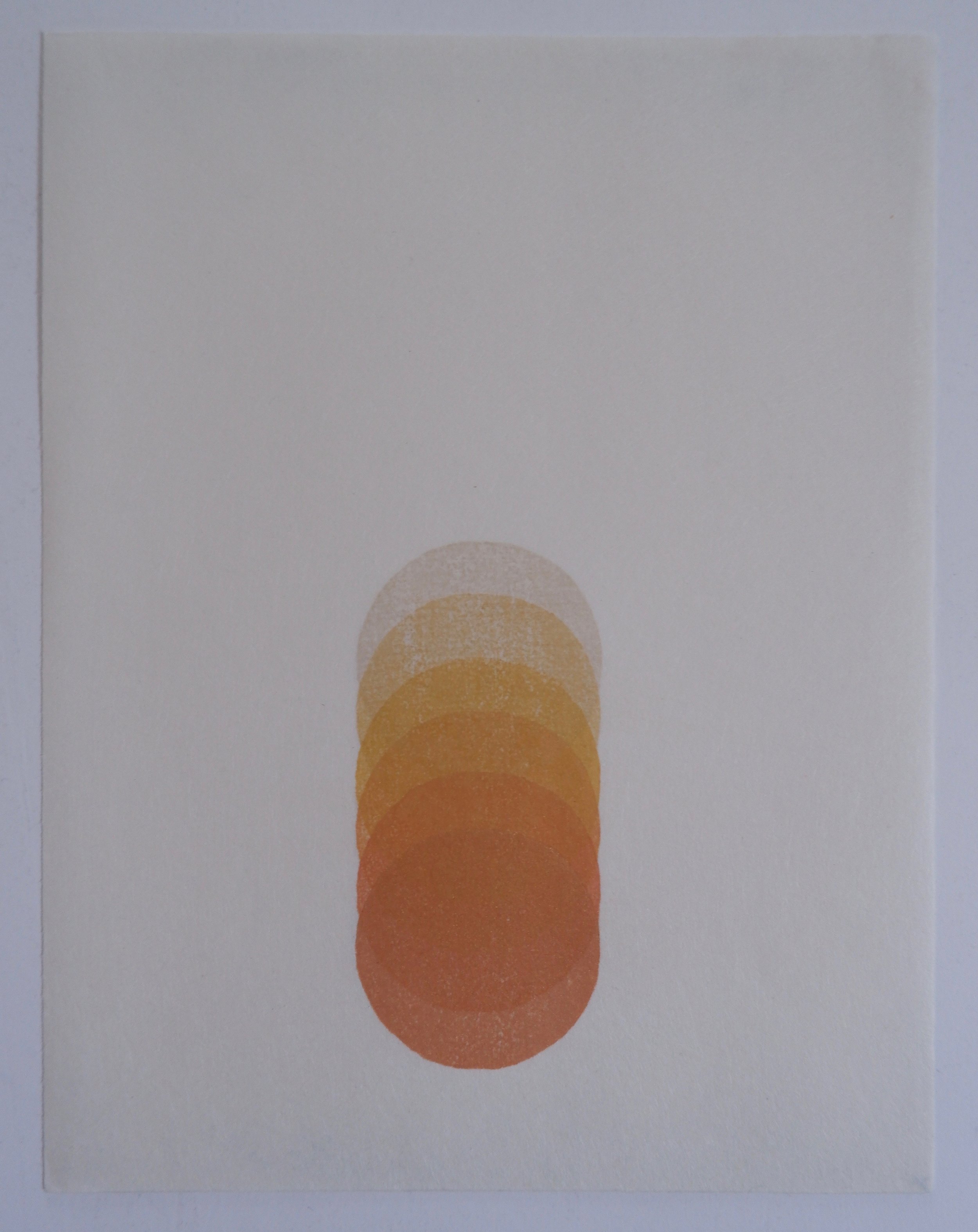


In Pursuit of Pleasure, Gallagher & Turner Gallery, Newcastle, UK, 27th January - 4th March 2023
Gallagher & Turner are proud to present ‘In Pursuit of Pleasure: Lucy May Schofield & Japanese Woodblock Prints’.
‘In Pursuit of Pleasure’ refers to the golden age of Japanese woodblock printing in the 18th and 19th centuries, Ukiyo-e, or 'pictures of the floating world'. This is an expression of the fleeting, ephemeral pleasures of life: the theatre, beautiful women, or courtesans, folklore stories and the beauty of animals, flowers, and plants.
The exhibition prompts a conversation between contemporary British artist Lucy May Schofield’s stunning prints, inspired by the experience of living and working in rural Northumbria and made using contemporary and traditional Japanese woodblock techniques, and Gallagher & Turner’s Japanese woodblock collection, featuring printmakers of the Edo, Meiji and Shin-Hanga eras of Japanese art.
The technique of producing images using delicately hand-carved blocks flourished during the Edo and Meiji periods in the 18th and 19th centuries, with skilled artists such as Utamaro (1750 - 1806) and Kunisada (1786 - 1865) creating more intricate designs and introducing vivid colours and glazes as dyes and pigments became more readily available.
Early illustrated woodblock books were printed on fine, expensive papers, and frequently reimagined Japanese historical classics which had previously only been hand painted on scrolls for society’s highest elites. Due to their popularity, printers were quick to develop processes to create more affordable books for the mass market, and on a wider range of subjects. This led to images that had humorous or erotic elements, as well as greetings cards that depicted animals, townscapes or popular temples.
The prints were finely carved from hardwood with enormous skill, but were not perceived as fine art, being produced by the thousand as commercial art. Over the centuries many prints were destroyed: the French impressionist painters only discovered them because they were wrapped around crockery as packing. Their unique style came as a revelation and this quirk of fate helped to shape the future of modern European art. Some of these highly influential prints are now very rare and collectable, being traded around the world.
They still represent some of the most remarkable examples of fine printmaking and craftsmanship in the art world, with extraordinarily detailed designs in fine detail that remain as brilliantly coloured as they were two hundred years or more ago.